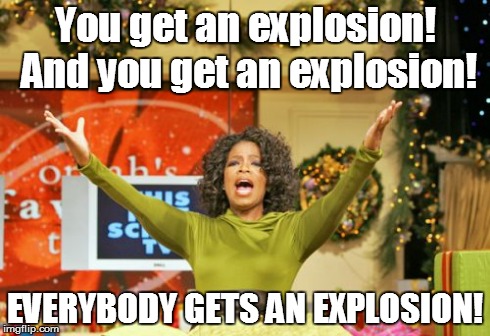
In this case, since the presenters wandered freely about the stage, 3X5 notecards with bullet points would have been good to have in a pocket. However, this is a great example of why I always suggest my speakers have a printed copy of their script in 18 point font at the lectern. Yes, most speakers rely on the teleprompter operator and equipment to function perfectly. This event will actually be the catalyst for my future talks with speakers “If we get out of sync, here’s how we handle it…” Have a backup plan and stay in control Around 1:39 on the video, you’ll hear him say “Look, how about right there.” He’s likely talking to the teleprompter operator, who was moving the script forward to find an acceptable spot to get back in sync. Most importantly, he stays focused on his intention. While Stinziano was not comfortable, he clearly has experience with a teleprompter and speaking publicly. Listen for clues after Michael Bay exitsīay left Samsung Executive Vice President Joe Stinziano alone on the cavernous stage. Having someone who really knows the script and product (or even the speaker) can help in deciding when to move forward. In these cases we get either an assistant or someone from the client’s team who will sit next to us. However, there are some shows where the script is complicated, the content confusing, or where there are many speakers. We’ll wait and then when they begin reading again, we start scrolling the script again in sync with them. When we do these shows like this, usually after rehearsal, we’ll be very familiar with the script and can recognize when people jump off script to ad lib.



Because the DSM teleprompter equipment only displays a portion of the entire script, the speaker is reliant on the teleprompter operator to show the current lines.


 0 kommentar(er)
0 kommentar(er)
